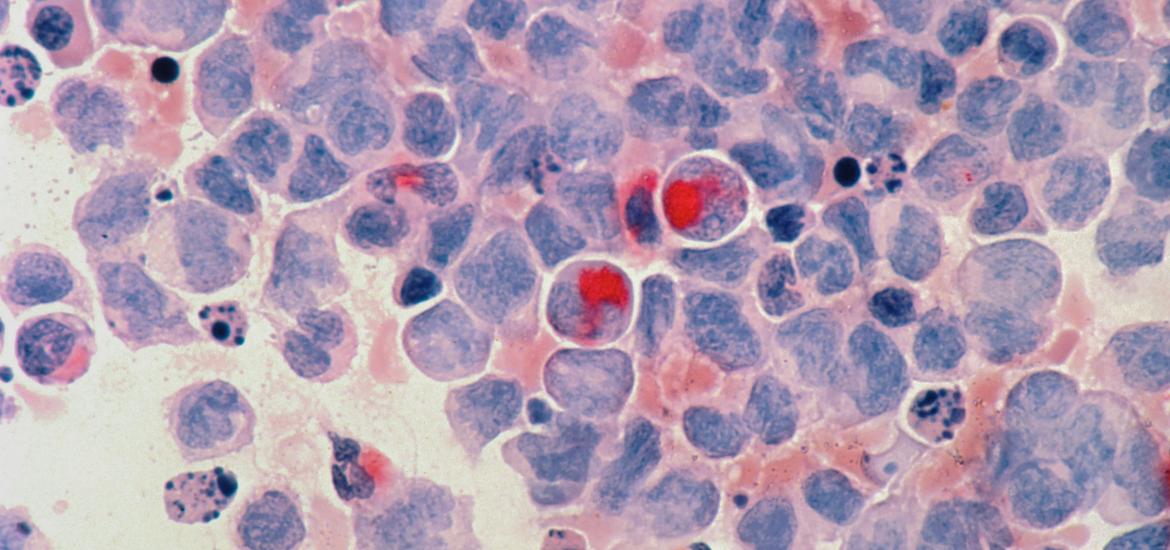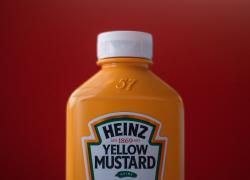
Vor looks to answer the Car-T question
Can the company add a Car-T string to its stem cell transplant bow?
Can the company add a Car-T string to its stem cell transplant bow?

Vor Biopharma will soon find out whether its plan to become a force in Car-T therapy has a future. The first safety and efficacy results from a phase 1/2 trial of its CD33-directed therapy VCAR33 in AML patients who have relapsed after allogeneic stem cell transplantation are promised by mid-year.
The group is barely treading water, trading below its $92m fourth-quarter cash balance, so it's desperate for some positive news. There's good reason to be optimistic about the phase 1/2 study in question, VBP301; however, Vor's money will last only into the first quarter of 2026, so investors must be braced for a cash call should the data indeed be positive.
There's also the question of VCAR33's path to a pivotal trial and eventual approval, which is still up in the air. That's because VCAR33 is just one half of Vor's double-punch in AML, and the VBP301 study doesn't involve the other – a CD33-deficient allogeneic stem cell transplant source called tremtelectogene empogeditemcel (trem-cel).
Promising signs
Trem-cel is separately being studied in the VBP101 trial, which has now yielded promising data on engraftment in 18 patients, and on relapse rates in 10. Vor has guided to an update on VBP101 in the second half of 2025.
In VBP101 trem-cel is given as the transplant, before patients are treated with Pfizer's anti-CD33 ADC Mylotarg. The idea is that a graft that doesn't express CD33 enables AML patients to receive an anti-CD33 therapy; normally this wouldn't be possible because the therapy would attack the graft, and Mylotarg is indicated for patients who aren't being transplanted.
This consolidation approach could, it's hoped, lead to better efficacy than giving Mylotarg following relapse.
For the win, Vor would then replace Mylotarg with VCAR33 to give its double-punch. But whether it actually does this is far from certain, and indeed a study that combines trem-cel with VCAR33 isn't even due to begin until later this year.
Vor’s double-punch in AML
| Project | Description | Trial | Setting | Note |
|---|---|---|---|---|
| VCAR33 | Donor-derived anti-CD33 Car-T | VBP301 | R/r AML (patients relapsed after allo transplant) | First data in H1 2025 |
| Tremtelectogene empogeditemcel | CD33-depleted stem cell source | VBP101 | AML patients, followed by Mylotarg | Data update in H2 2025 |
| TBC | AML patients, followed by VCAR033 | To start in H2 2025 |
Source: OncologyPipeline.
Instead, the catalyst presented by the imminent VBP301 data is merely an indication of whether VCAR33 works as a Car-T therapy or not, in a standard setting of relapsed AML.
VBP301 aims to treat 24 patients, and last month Vor claimed "strong enrolment", and said dosing was ongoing. It's not clear how many patients' worth of safety and efficacy data will be included in the update, but since this is an open-label trial the company will have significant control over when to announce, and it will surely pick a moment when it has something positive to say.
So far all that's been disclosed about VBP301 is that the first three patients given the lowest VCAR33 dose had experienced “encouraging” in vivo expansion. VCAR33 is technically allogeneic, but rather than being off the shelf it's derived from the same healthy donor who provides the cells for trem-cel.
Another positive signal comes from an earlier academic trial of an autologous version of VCAR33, which reportedly put two of five AML patients into complete remission. This provides something of a benchmark for VBP301 to hit, but only after the data are released can it be gauged whether there's any investor appetite for starting a trem-cel/VCAR33 combo trial.
And, should VBP301 draw a blank, Vor has the option of simply sticking with trem-cel followed by Mylotarg as a path to approval.
1496













